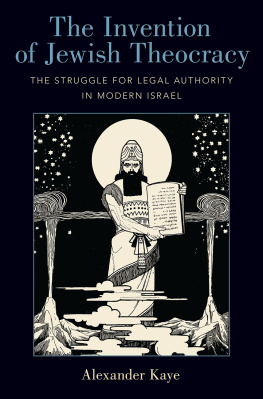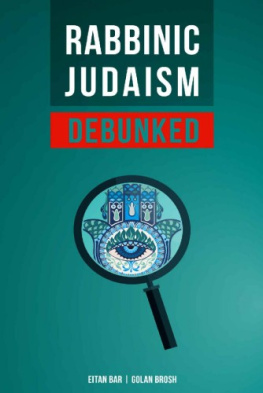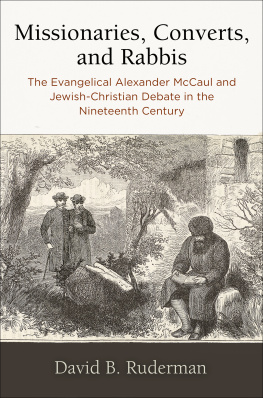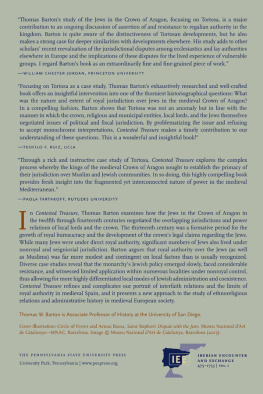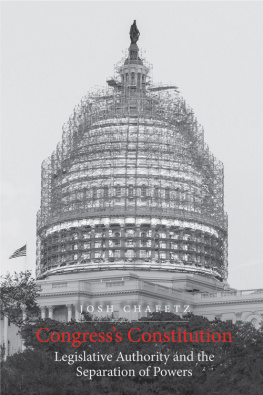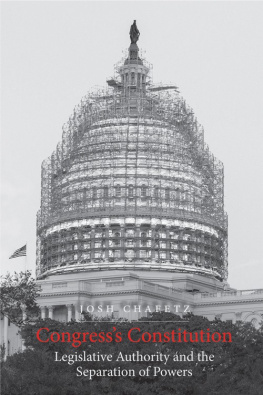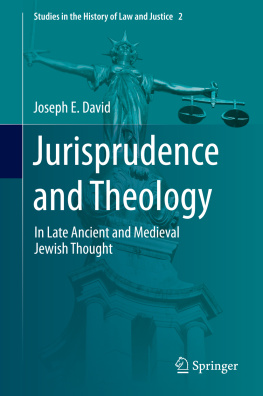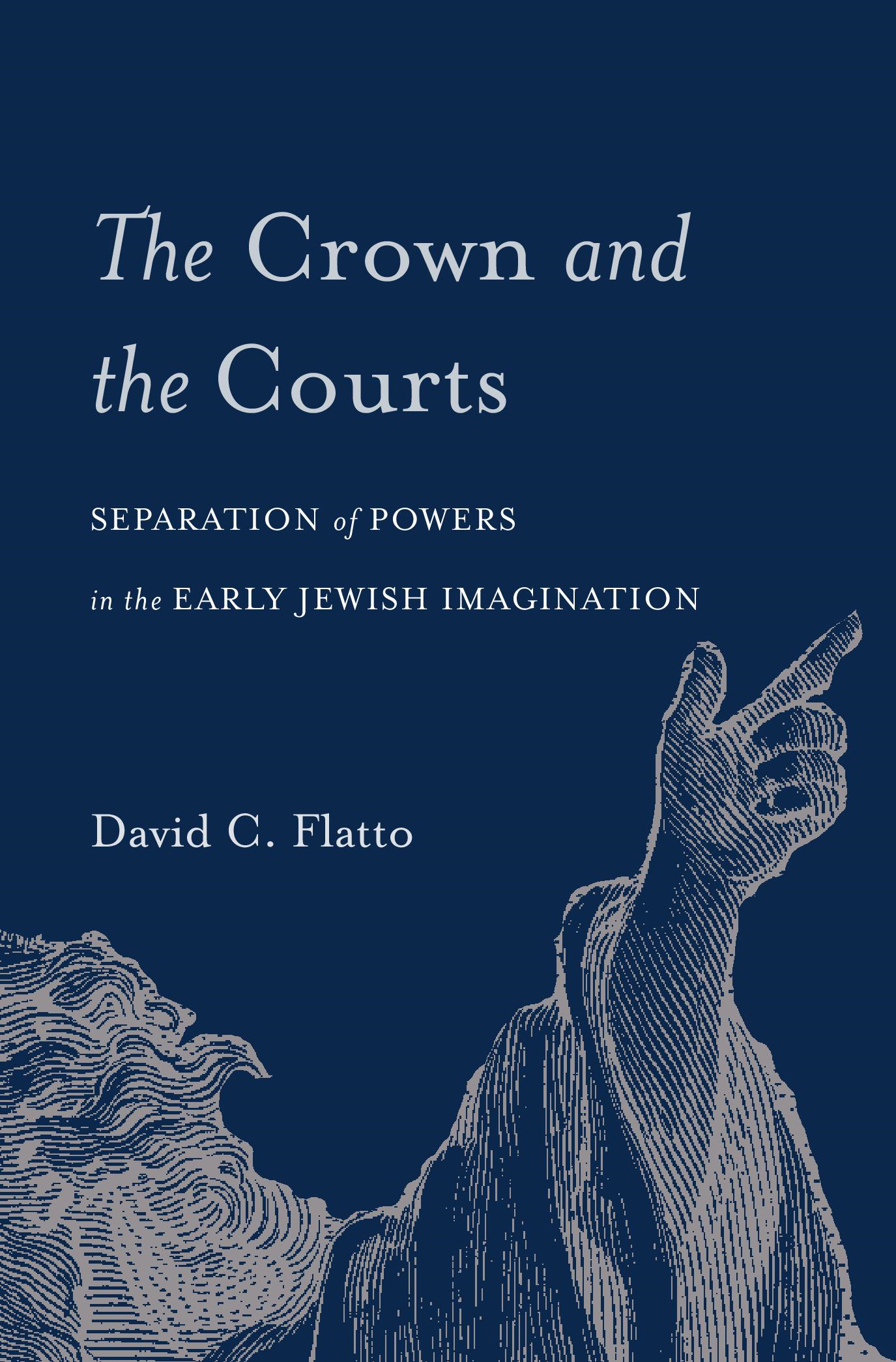David C. Flatto
Publication of this book has been supported through the generous provisions of the Maurice and Lula Bradley Smith Memorial Fund
978-0-674-73710-5 (alk. paper)
To the beloved memory of my mother, Dr. Zehava Flatto zl
And in honor of my father, Dr. Leopold Flatto
It is not in Heaven, announces the biblical verse (Deut 30:12) that, according to rabbinic exegesis, describes an everlasting transfer of the Torah to human hands. Who is the object of their enduring jealousy across the generations?
The capsule chain of transmission recorded in rabbinic literature (Moses received the Torah at Sinai, and passed it to Joshua, etc.,) offers only the faintest of hints. Only by examining who becomes entrusted with the august duty of implementing the ideals of Gods revelation on a systemic level, can one identify its leading executor(s).
Sinaitic revelation, as represented in Scripture, inaugurated a covenantal relationship between God and Israel, in which Israel pledged its absolute commitment to observe the divine commandments. Subsequent generations therefore proceeded to interpret the Torah as a legal charter, meticulously translating its ideals into an elaborate system of rules. Accordingly, the Torahs primary heirs are responsible for overseeing its normative order. The above inquiry can then be reformulated in a more nuanced manner: Who is charged with interpreting, instructing, and administering the sacred laws and traditions of the Torah?
This book addresses this question by focusing upon the commission of judicial power. Analyzing programmatic writings depicting how justice should ideally be administered (rather than empirical descriptions, which reflect the substantial limits on jurisdiction that were imposed on Jews during various historical periods), it evaluates who is delegated a supreme role, and explores the underlying axiological values advanced by this assignment. This book thereby offers an in-depth study of paradigmatic biblical accounts of the administration of justice as expounded by its foremost early interpreters, ranging from the fourth century BCE through the third century CE. Throughout the formative centuries of the Second Temple and early rabbinic periods, leading commentators presented crucial amplifications of the relatively inchoate depictions of legal authority found in the Bible. In the course of elaborating upon the biblical foundation, they also incorporated new and substantial juristic ideas of their own. Emerging out of the classical phase of biblical hermeneutics, these rich expositions delineate, or perhaps even constitute, its core legacy. A foundational study of early Jewish conceptions of legal authority must pore over this seminal corpus.
Surveying representations of legal authority illuminates an essential aspect of Judaism. Tracing back to Sinaitic discourses,
Contemplating the structure of legal authority in early Jewish writings also has enduring significance from a wider perspective. Despite their important variances, the early Jewish texts analyzed below largely coalesce around what was at the time an extraordinary conception of the relationship between the legal domain and sovereign power, which had far-reaching implications concerning the role of law in society. Certain similar notions surfaced in the classical world, and reverberate even more loudly in contemporary Western jurisprudence, informing the construction of modern constitutional regimes. Approached from a comparative vantage point, the story of early Jewish jurisprudence represents a pivotal chapter in the general history of legal and political thought.
A clear theme runs through the primary early Jewish depictions of legal authority examined in this book and reveals the stakes of this study. More than reflecting upon the nature of law,
In many societies, controlling law is a way of wielding substantial power. Especially in antiquity, laws emanated from the sovereign body, and justice was administered by the politically powerful. Absolute kings, emperors, and rulers left little room for a discrete sphere of justice.
This book will argue that an important strand in early Jewish jurisprudential writings sharply diverges from ancient legal traditions in this respect. The texts surveyed here share certain affinities with classical and Western legal traditions that create some space between sovereign power and law. Yet the Jewish tradition breaks new ground by envisioning the construction of independent institutions for administering justice, and articulating different versions of an ideal of separation. In order to provide further context for these claims, the survey below will briefly outline the relationship between law and sovereign power in antiquity (i.e., the contemporary world of the Bible) and the Greco-Roman world (i.e., the contemporary world of Second Temple and early rabbinic literature), and look beyond to pivotal phases of subsequent Western history until the early modern period. While this account follows a broad arc, the contrast to other legal traditions is nevertheless useful as a heuristic tool that helps isolate salient features of early Jewish legal jurisprudence, which will be introduced in the pages that follow.
Law and Power in Historical Perspective
Throughout much of legal history, The prologue states that King Hammurabi was blessed with divine gifts and a special ability to perceive the principles of justice and righteousness that inform his laws, which he then proceeds to delineate. Implicit in his royal prerogative to pronounce legal rules is also his ultimate power to resolve all legal disputes. A matching epilogue states that an aggrieved party should stand before Hammurabis image (engraved on top of the stele recording the laws) to find out his or her legal recourse, and then proclaim, Hammurabi is a ruler who has bestowed benefits for ever and ever on his subjects, and has established order in the land.
Frequently, of course, the king would delegate judicial authority to inferior judges and magistrates. He nevertheless retained the ultimate power to overrule any legal verdict, and when he did not, his tacit approval was understood. Similar notions of the just king (sar mesarim) pervade the Laws of Lipit-Ishtar, Eshnunna, Ur Nammu, and other Ancient Near Eastern writings.
Just as ancient legal systems, from Mesopotamia to Egypt, were led by powerful, quasi-divine rulers, Still, even in these polities, jurisdiction was controlled by the sovereign entity.
Significantly, from among the Roman administration, one magisterial office emerged as a distinct focus of power, that of the praetor. By formulating annual edicts of remedies, the praetor essentially controlled the administration of justice.
Building blocks of legal autonomy were thus laid in Rome, but formally and functionally such autonomy had its limits. The praetor, an annual appointee, officiated under the consul, and in any event the promulgated praetorian edicts ossified over time. Meanwhile, the jurists, whose star continued to rise, lacked binding authority and had to channel their abundant influence through administering officials.


